A model in the studio, her hair tied back, circa 1895-1905
26 x 23.3 cm
Charcoal (or lithographic pencil) on brown paper
Inscribed in pencil lower left (under the mount) : ‘a de belleroche’
Carefully framed under anti-reflective glass
Dimensions with frame: 53.5 x 46.5 cm
* * *
A moment suspended in the intimacy of the studio, this drawing by the British artist Albert de Belleroche embodies the voluptuous mystery of the fin-de-siècle period. This artist, whose drawings are rare, was a disciple of the portraitist Carolus-Duran, an intimate of John Singer Sargent and a friend of some of the finest names of the period, including Oscar Wilde, Toulouse-Lautrec, Renoir, Besnard and Helleu.
* * *
Considered during his lifetime to be one of the finest portraitists and one of the most innovative lithographers, Albert de Belleroche (1864-1944) lived through his era in relative obscurity, admired by the art world but relatively unknown to the public. This was due to his choice of discretion, his freedom of not having to mingle with the crowd in order to make a living from his art and constantly pursue his work.
Born into a wealthy family, Albert de Belleroche never needed to sell to be an artist. Encouraged to draw from an early age, he remained an independent spirit, and the few years he spent apprenticing, from the age of 18, in Carolus-Duran's studio, were ultimately just a pretext for the most precious artistic encounter of his career, in 1882, with the American painter John Singer Sargent (1856-1925). His training as a painter, draughtsman and lithographer took place mainly in museums, while travelling, looking at the great Dutch and Spanish masters of the 17th century and exchanging ideas with his contemporaries, at the end of a century when Impressionism and Symbolism were rich sources of inspiration.
Living in the Montmartre district between 1885 and 1910, Belleroche rubbed shoulders with the writers and painters of his time. His models in those years were the same as his colleagues Sargent, Toulouse-Lautrec, Fantin-Latour and Degas. With his gaze ssentially focused on female beauty, he was considered to be one of the representatives of the so-called Belle Époque style, with, in our opinion, a more troubled and poetic side.
In this drawing, Belleroche, whom Renoir called ‘the painter of women with messy hair’, achieves the perfect balance between mastery of drawing (certainly executed quickly) and the nuanced evocation of sensuality and restraint. As is often the case with him, the gaze remains vague, as do the gestures and the hands. It's naturalness in motion, a look at a fleeting moment.
A study of the catalogue raisonné of the artist's lithographs may help us to put a name to this elegant figure: it could be the model Nini Fleury, with her long brown hair always quickly tied back, who entered Belleroche's studio around 1904 (see the painting and prints in the gallery). This is one hypothesis. But this young model could also remain anonymous, without losing any of her presence, and this drawing finds its place very elegantly in an interior.
According to the London gallery Liss Lewellyn, a leading authority on the artist who recently published a comprehensive study of Belleroche, the artist's drawings are rare, since he drew on the canvas or immediately on the lithographic stone in preparation for his works. We recommend reading the 2024 exhibition catalogue for a more in-depth study of Albert de Belleroche's work (link available on request).
With the approach of the major exhibition devoted to John Singer Sargent at the Musée d'Orsay in Paris this autumn, there is no doubt that Albert de Belleroche's work will be mentioned and even highlighted once again. This is an artist who decided to remain discreet, but the author of a body of work whose confidential aspect equals the charm and attractive, voluptuous character of his compositions and of this drawing in particular.
Albert de Belleroche is an artist to be rediscovered.
His works are held in the finest institutions in France and abroad: the Musée d'Orsay, the Tate Britain and the British Museum in London, the San Diego Museum of Art and the Metropolitan, among others. Albert de Belleroche's largest collection of prints, comprising more than 500 proofs, is kept in the Cabinet des Estampes of the Royal Library of Belgium. The finest collection of drawings is certainly that of the Ashmolean Museum in Oxford, which offers some interesting comparisons with our work.






















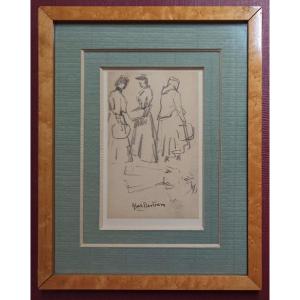
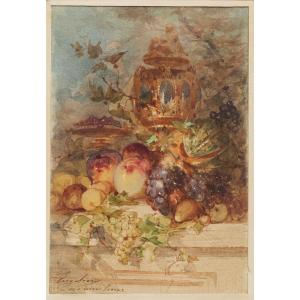




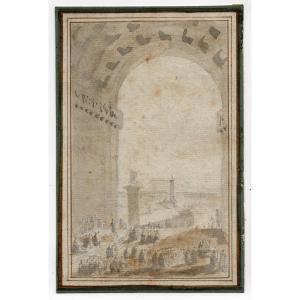
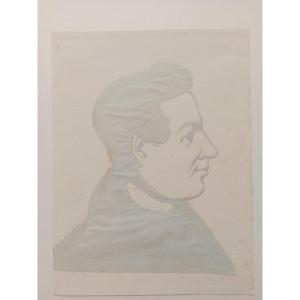
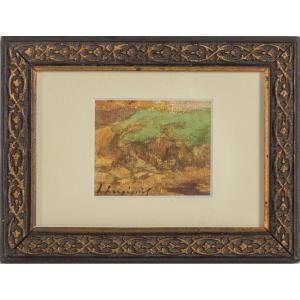
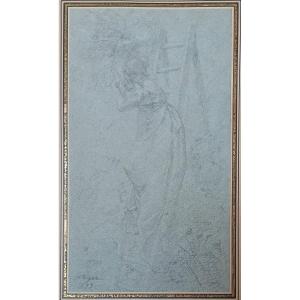
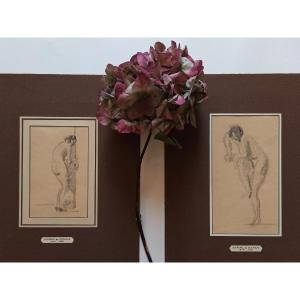


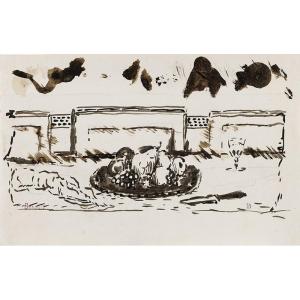

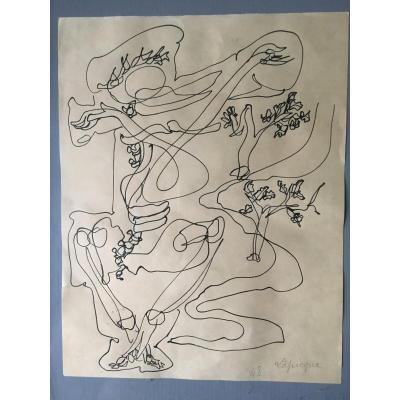




 Le Magazine de PROANTIC
Le Magazine de PROANTIC TRÉSORS Magazine
TRÉSORS Magazine Rivista Artiquariato
Rivista Artiquariato